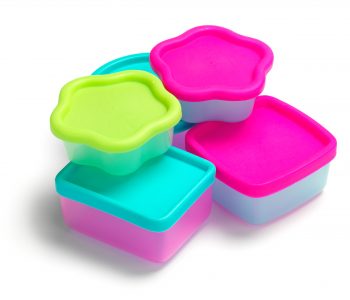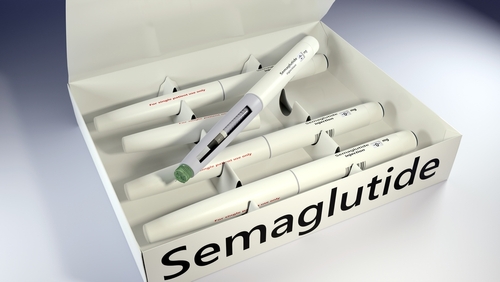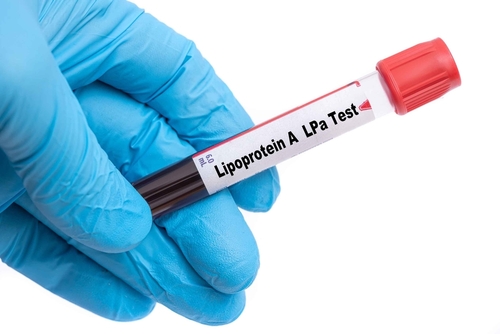
A report published in the August 2018 issue of Pediatrics warns parents to stop reheating meals for their children in plastic containers.
“Food Additives and Child Health” provides a host of recommendations about unsafe additives for children, such as colorings, flavorings, and chemicals, intentionally added to food. But a group of doctors are asking the Food and Drug Administration (FDA) to also consider risks that may be less obvious, like dangerous chemicals found in plastic.
AAP advises parents to avoid using plastic containers to microwave their children's food because of toxins that can be released. On @kare11, a co-author of AAP recommendations explains why.https://t.co/RAgnlgE1Xk\
— American Academy of Pediatrics (@AmerAcadPeds) August 7, 2018
Phthalates, for instance, are commonly used in plasticizers, and perchlorate is often found in plastic packaging. Previous studies have found exposure to phthalates can result in insulin resistance among adolescents, and it may increase childhood obesity and contribute to cardiovascular disease, according to a release accompanying the study. Perchlorate has been documented to negatively impact the thyroid, and it is suspected to play a role in neonatal hypothyroidism, as well as negatively impact early life brain development and growth, the release stated.
Pregnant women and children can limit exposure to toxic chemicals by switching from plastic to glass containers. @CBS looks to pediatricians for other tips on avoiding food additives. https://t.co/pIrc2ym8NN
— American Academy of Pediatrics (@AmerAcadPeds) August 3, 2018
The impacts are more detrimental for children because their bodies are still growing and developing. They also consume more food (relative to body weight) than adults.
The authors make seven recommendations, four of which pertain to plastic:
- Avoid microwaving food or beverages (including infant formula and pumped human milk) in plastic, if possible.
- Avoid placing plastics in the dishwasher.
- Use alternatives to plastic, such as glass or stainless steel, when possible.
- Look at the recycling code on the bottom of products to find the plastic type, and avoid plastics with recycling codes 3 (phthalates), 6 (styrene), and 7 (bisphenols) unless plastics are labeled as “biobased” or “greenware,” indicating that they are made from corn and do not contain bisphenols.
Read about the connection between obesity and depression in children.
Source: Pediatrics







 © 2025 Mashup Media, LLC, a Formedics Property. All Rights Reserved.
© 2025 Mashup Media, LLC, a Formedics Property. All Rights Reserved.